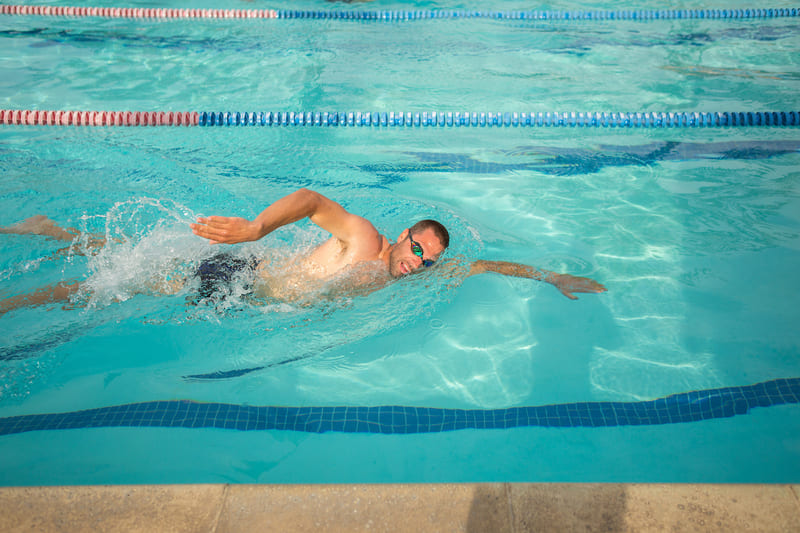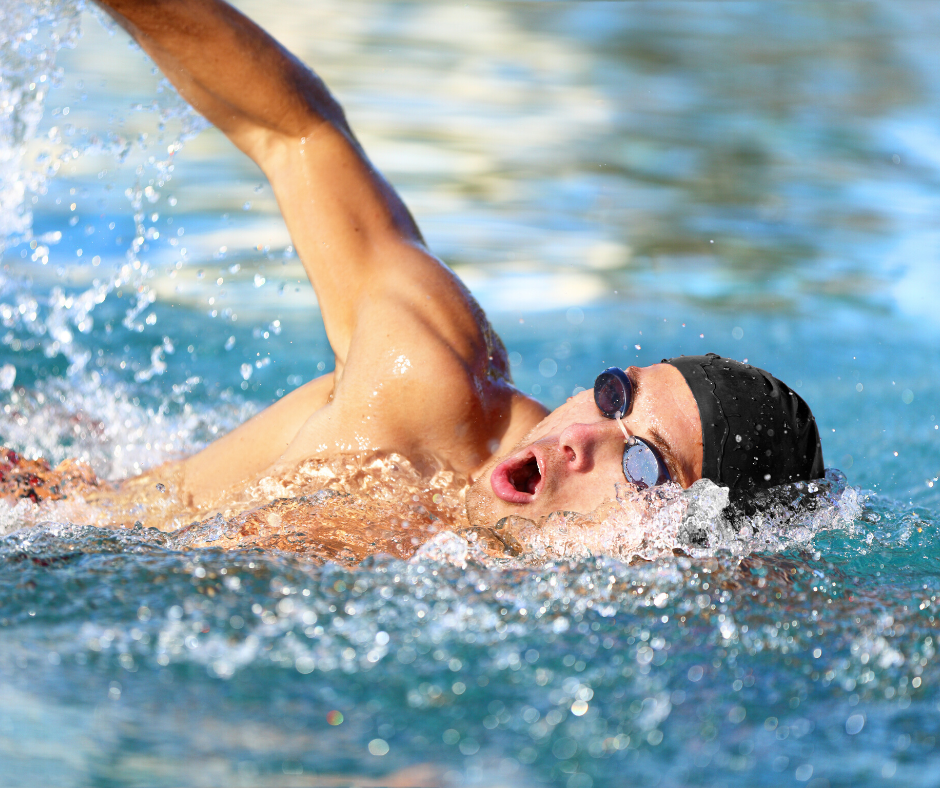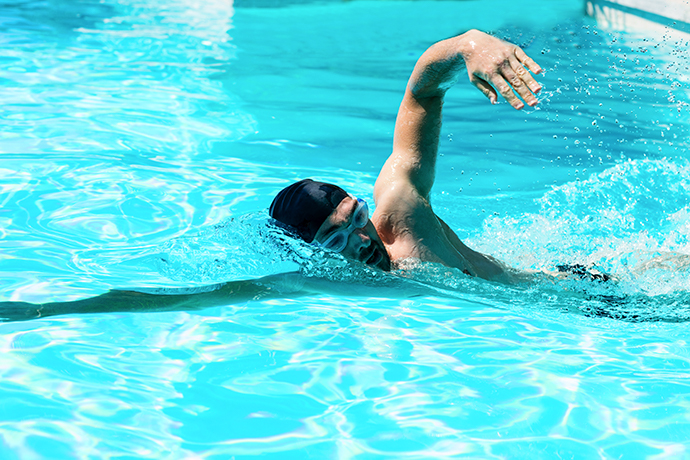Freestyle swimming is a fundamental skill for anyone looking to enjoy the water safely and efficiently. For beginners, mastering certain techniques is crucial for developing a strong foundation in the sport. This article breaks down five essential freestyle techniques that every novice swimmer should focus on to improve their performance and comfort in the water. By concentrating on these core elements, beginners can set themselves up for success, whether they’re swimming for fitness, competition, or pleasure.
Key Takeaways
- Understanding and maintaining proper body positioning is vital for reducing drag and improving speed in the water.
- Mastering breathing technique is essential for endurance and preventing fatigue during long swims.
- Developing a strong and efficient arm stroke is a cornerstone of effective freestyle swimming.
- A consistent and powerful leg kick helps to stabilize the body and contributes to overall propulsion.
- Synchronizing timing and coordination between different parts of the body is crucial for a smooth and efficient freestyle stroke.
Body Positioning
Getting your body position right is crucial in freestyle swimming. The proper floating position allows you to stay close to the surface of the water, which is your starting point in freestyle swimming. A streamlined body reduces drag and helps you glide through the water with ease.

Here’s a quick checklist to ensure you’re on the right track:
- Keep your body as flat as possible
- Align your head and spine
- Gently press your chest down
- Keep your hips and legs up
- Look straight down to maintain neck alignment
Mastering body positioning is all about balance and alignment. It’s the foundation upon which all other swimming techniques are built. Without it, you’ll be fighting against the water instead of slicing through it.
Breathing Technique
Getting the hang of how to breathe in freestyle swim can be a game-changer for those diving into freestyle for beginners. It’s not just about gulping air; it’s about integrating your breath with your strokes in a way that maintains your rhythm and energy.

Here’s a simple breakdown to get you started:
- Relax your body and face to avoid tension.
- Turn your head to the side as one arm pulls through the water.
- Inhale quickly through your mouth when your face is out of the water.
- Exhale underwater through your nose or mouth, whichever feels more comfortable.
Drills for breathing in freestyle are essential for building confidence and lung capacity. Start with exercises that allow you to focus solely on your breathing, like the ‘bobbing’ drill where you gently bounce off the pool floor, exhaling underwater and inhaling above.
Remember, practice makes perfect. The more you work on your breathing, the more natural it will feel, allowing you to swim farther with less effort.
Arm Stroke
Getting your arm stroke right is a game-changer in freestyle swimming. It’s all about smooth, continuous movements that propel you forward with minimal drag. Here are some freestyle swimming tips for beginners to nail the arm stroke:
- Start with your hand entering the water slightly ahead of your shoulder, fingers first.
- Push your hand down and out in a sweeping motion, making a large ‘S’ shape, known as the ‘catch’.
- Finish the stroke by pushing water towards your feet before lifting your arm out of the water for the recovery.

Remember, the arm stroke isn’t just about the arms; it’s a whole-body movement. Your core and back muscles play a crucial role in stabilizing your body and adding power to your stroke. Think of Michael Phelps’ freestyle; his entire body works in harmony.
When practicing the freestyle swimming steps, focus on one aspect at a time. Perfecting your technique is a marathon, not a sprint.
For those diving into swimming freestyle technique for beginners, keep track of your progress. A simple table like the one below can help you monitor improvements over time:
| Week | Distance (meters) | Time (seconds) |
|---|---|---|
| 1 | 100 | 90 |
| 2 | 100 | 85 |
| 3 | 100 | 80 |
Consistency is key. With each swim, aim to refine your stroke, just as you would with any other skill. Happy swimming!
Read more: The Ultimate Guide to Freestyle Swimming Drills for Enhanced Performance
Leg Kick
Mastering the kick in freestyle swimming is crucial for propelling yourself through the water efficiently. It’s not just about kicking hard; it’s about kicking smart. To get started, try some freestyle kick drills that focus on form and endurance.
Freestyle drills for beginners often include exercises that emphasize the importance of a consistent and effective leg kick.
For instance, you can practice kicking with a kickboard, focusing on keeping your legs straight and your toes pointed. Here’s a simple progression to follow:
- Start with short distances to get the feel of the water.
- Gradually increase the distance as your technique improves.
- Introduce intervals to build speed and strength.
Remember, the goal is to integrate the kick into your overall swimming technique seamlessly.
Timing and Coordination
Mastering the art of timing and coordination is crucial for a seamless freestyle swim. It’s about syncing your arm strokes with your leg kicks and harmonizing your breathing with these movements. Imagine your body as a well-oiled machine, where each part works in tandem to create a smooth, efficient motion through the water.
To swim freestyle with ease, focus on developing a rhythm that feels natural and sustainable throughout your swim. This isn’t just about moving your arms and legs, but about creating a balanced and efficient technique that propels you forward with minimal effort.
Understanding the relationship between different parts of your stroke can significantly improve your performance. Here’s a simple breakdown:
- Arm Stroke: Pull, push, recover.
- Leg Kick: Consistent flutter kick.
- Breathing: Every 3rd or 5th stroke.
By practicing drills and paying attention to the clock during your workouts, you can refine your timing and coordination. Remember, it’s not about speed but about how well you can maintain your technique over time.
Mastering the art of swimming requires not only dedication but also precise timing and coordination. Whether you’re a beginner or an experienced swimmer, our comprehensive guides on ‘Pool Training & Technique‘ can elevate your skills to the next level. Dive into our wealth of knowledge and join a community that shares your passion for swimming. Don’t let another stroke go by without maximizing your potential. Visit our website now for expert advice and tips that will make every swim count!
Dive In and Keep Practicing!
And there you have it, folks! We’ve explored the 5 fundamental freestyle techniques that every beginner swimmer should have in their arsenal. Remember, like any skill worth having, perfecting your freestyle takes time, patience, and plenty of practice. Don’t be discouraged if you don’t get it right away; even the best swimmers started where you are now. Keep these tips in mind, stay consistent with your training, and don’t forget to have fun with it! The pool is your playground, and every stroke is a step towards becoming a more confident and capable swimmer. So, take a deep breath, and let’s make some waves!
Read more: Breathe Right, Swim Faster: Freestyle Breathing Drills for Improved Performance
AUTHOR
Sang Nguyen
Sang Nguyen is a former national swimmer for Vietnam who has transitioned into coaching. With a passion for fostering a healthy swimming community and connecting like-minded individuals,......Read More
BLOG
Maybe You Are Interested
Good Swim Meet Snacks: What to Eat for Optimal Performance
Good nutrition is crucial for swimmers to maintain energy, recover quickly, and perform at their...
Read More...Optimizing Your Performance: The Best Diet for Swimming Training
Optimizing your performance in swimming is not just about rigorous training; it’s equally crucial to...
Read More...Achieve Peak Performance with This Diet Chart for Swimmers
Whether you’re a novice or an expert swimmer, understanding the right diet is crucial for...
Read More...Eating Like a Champion: Exploring the Diet of Michael Phelps
Michael Phelps, renowned for his Olympic triumphs, has a diet as extraordinary as his swimming...
Read More...Muscle Gain for Swimmers: Tailoring Your Diet for Strength
Swimming is a demanding sport that requires a tailored approach to nutrition to support muscle...
Read More...A Comprehensive Diet Plan To Gain Weight For Swimmers
Swimming is a demanding sport that requires meticulous attention to nutritional needs to optimize performance,...
Read More...